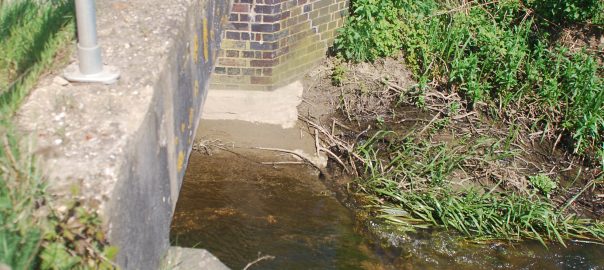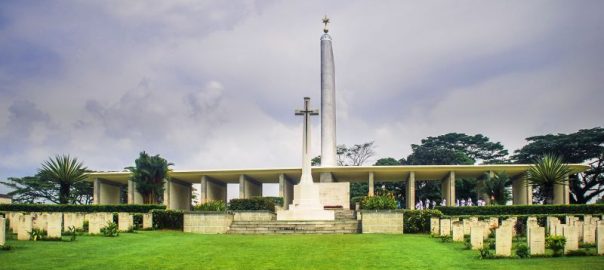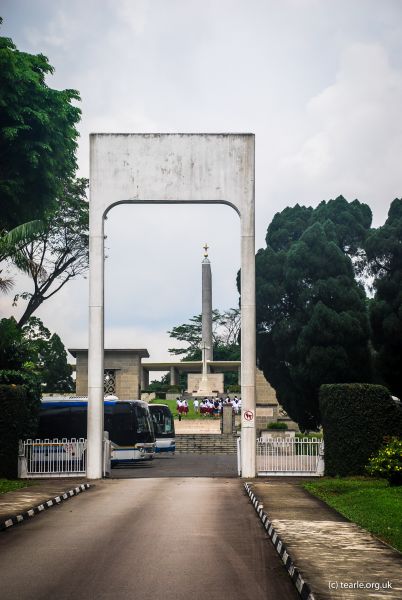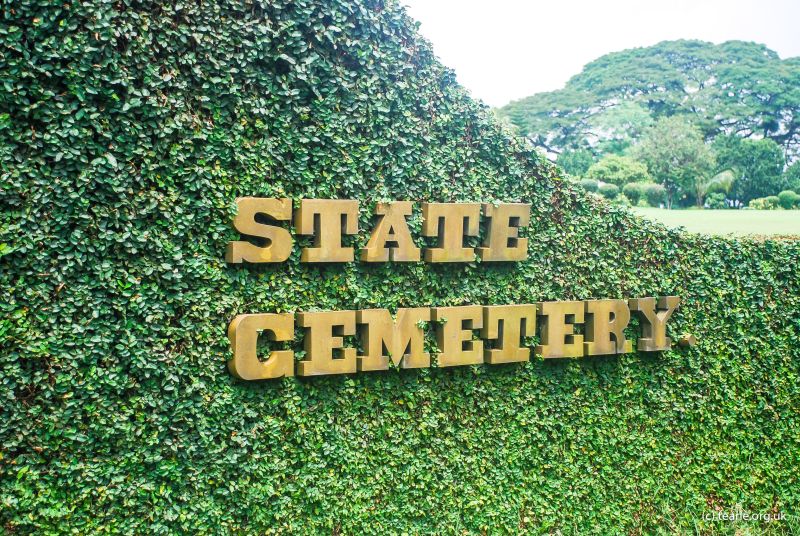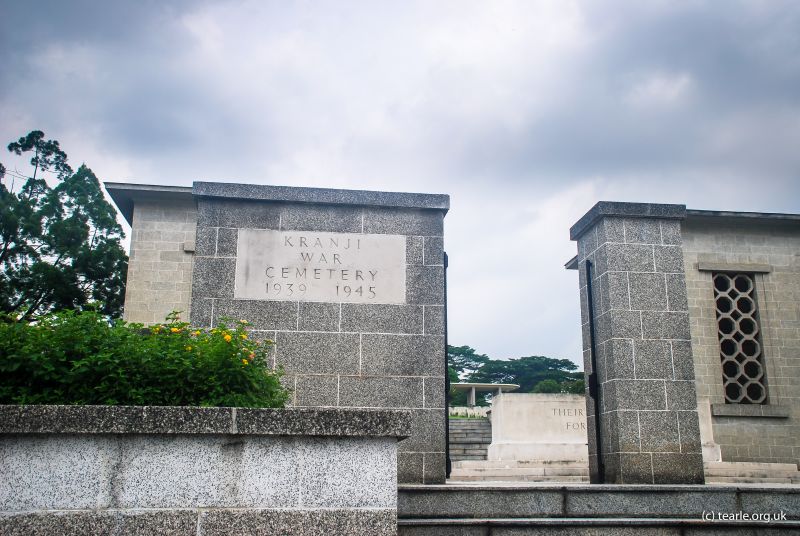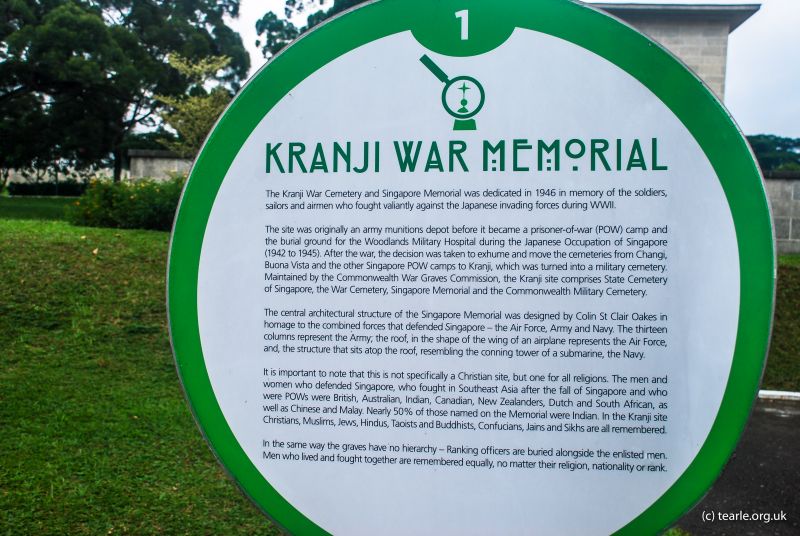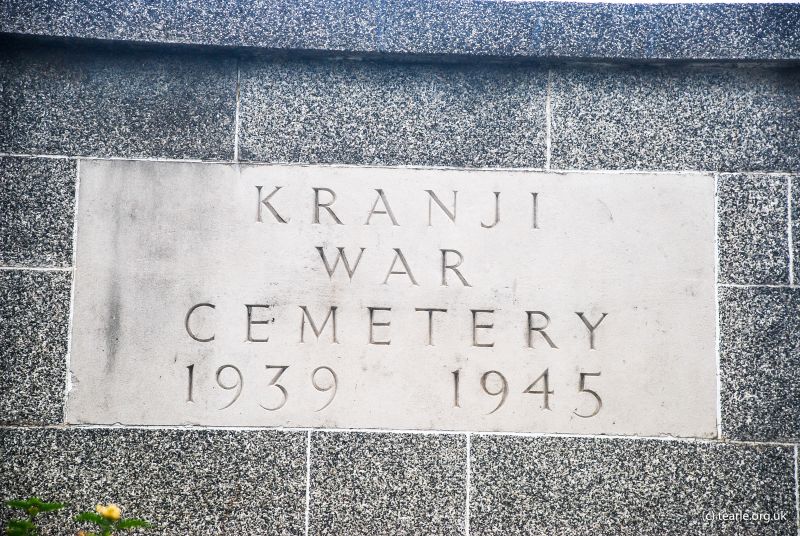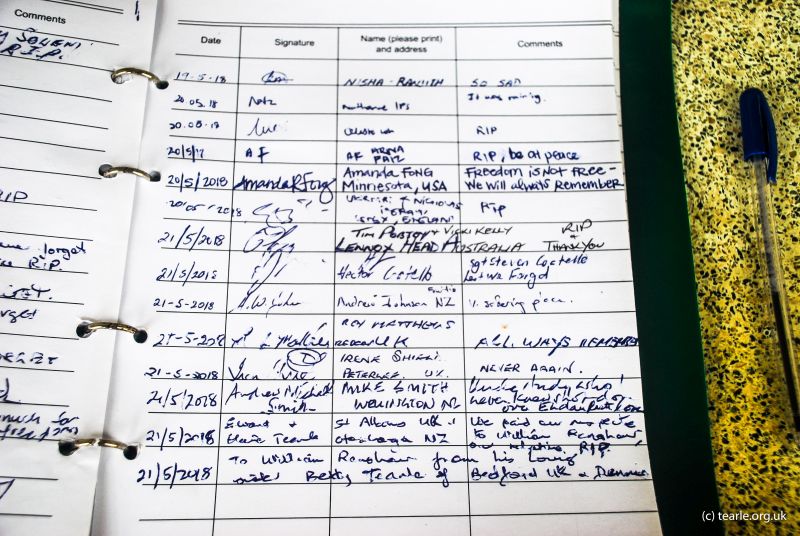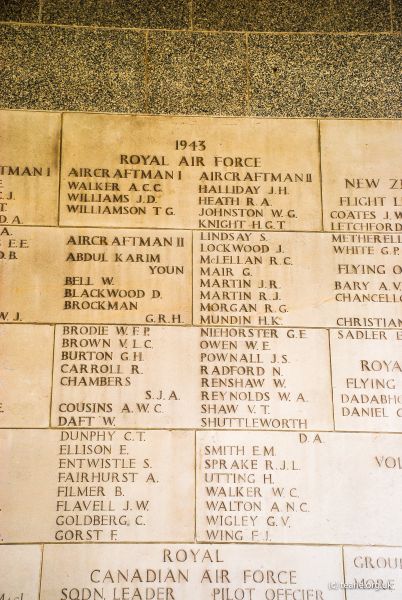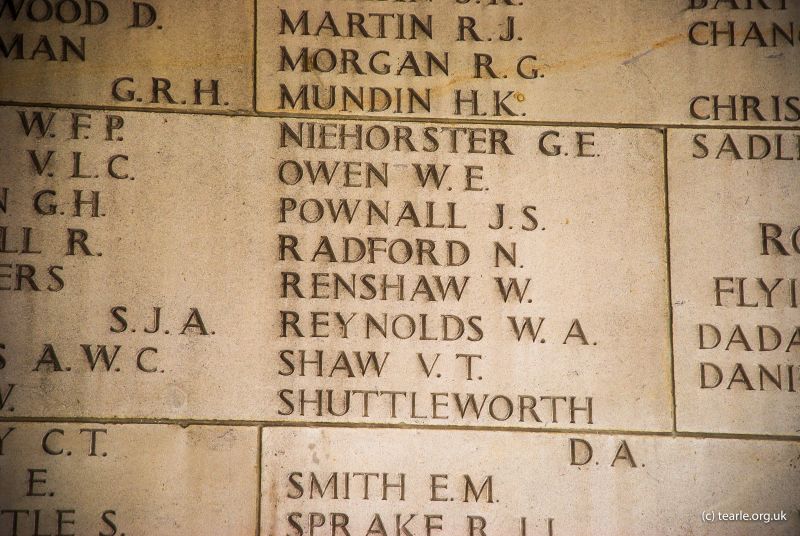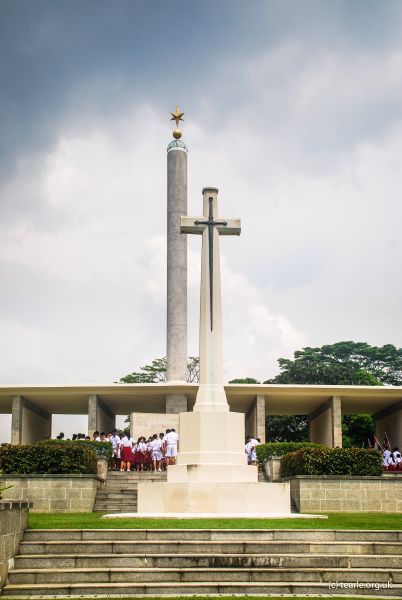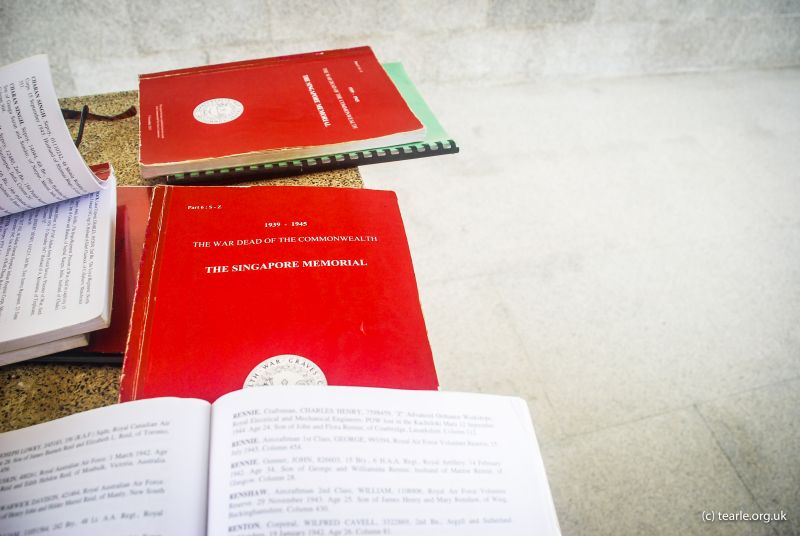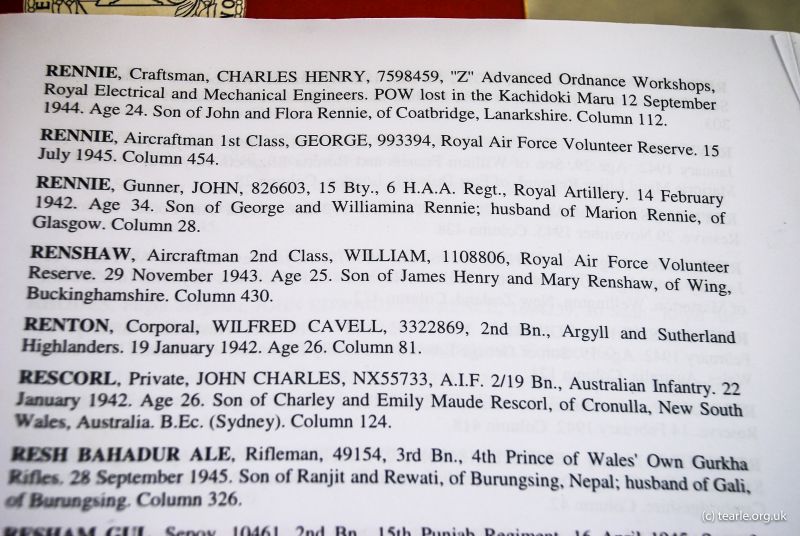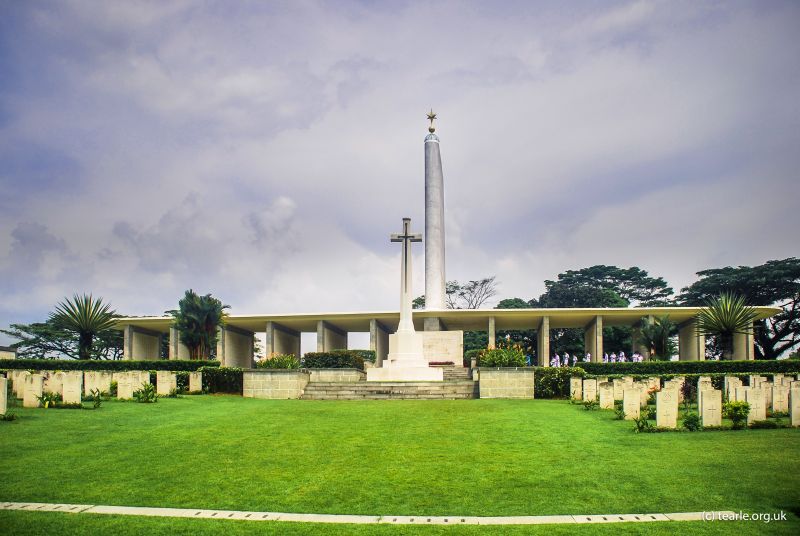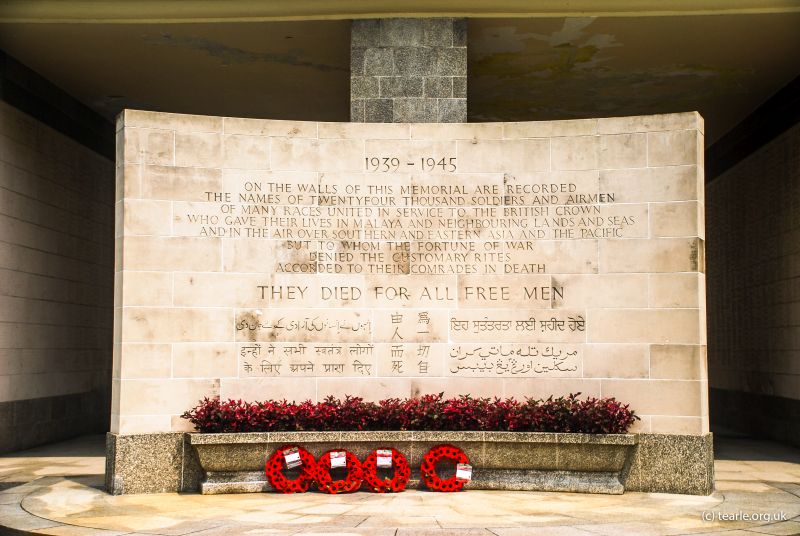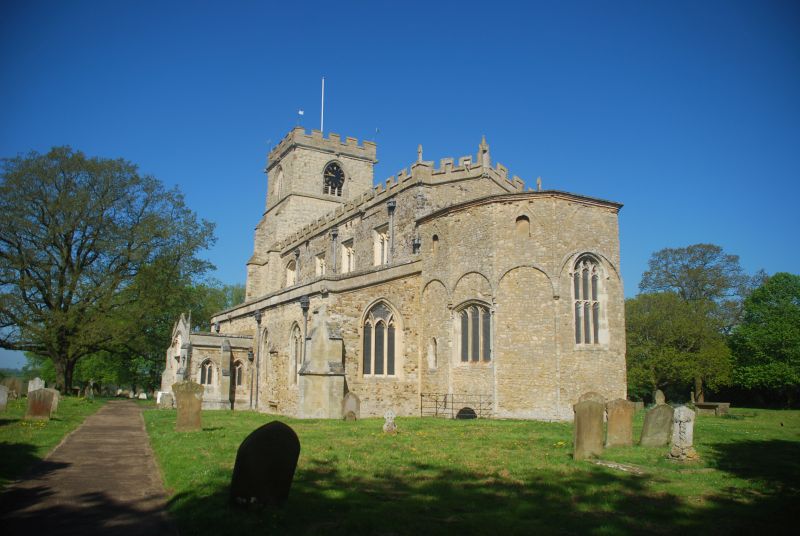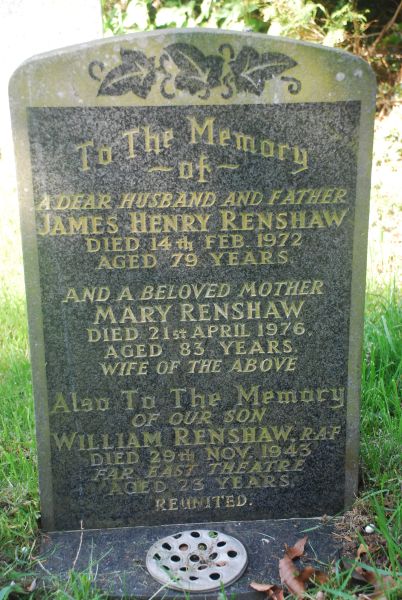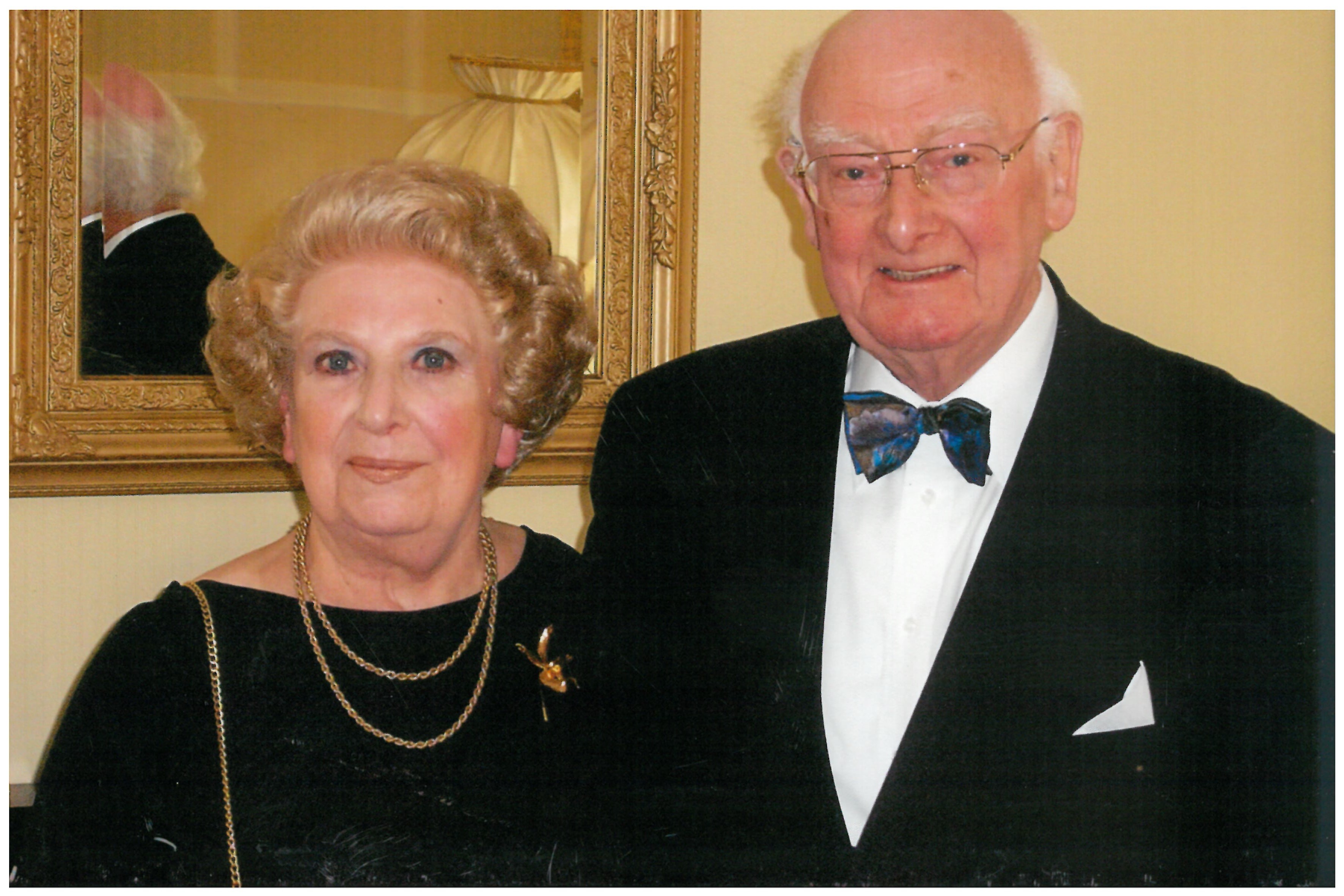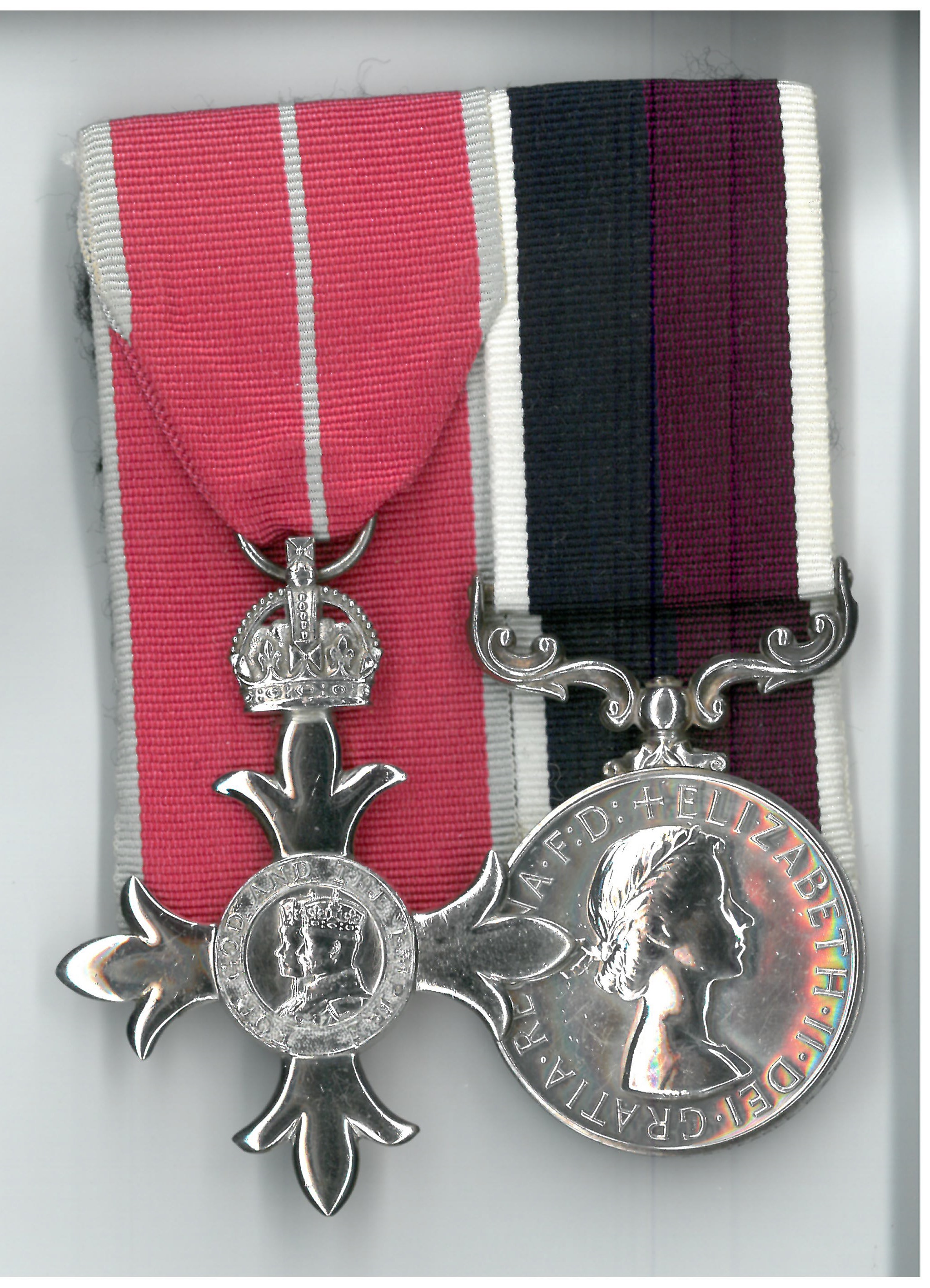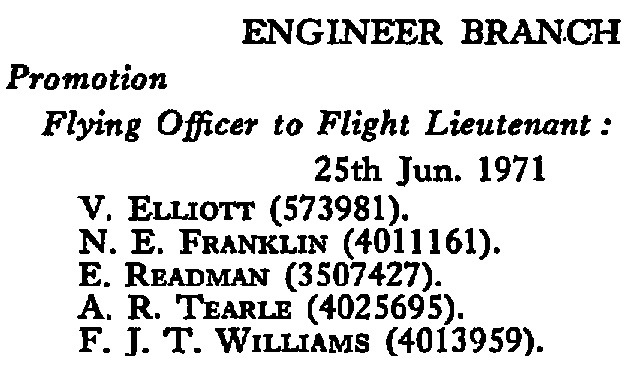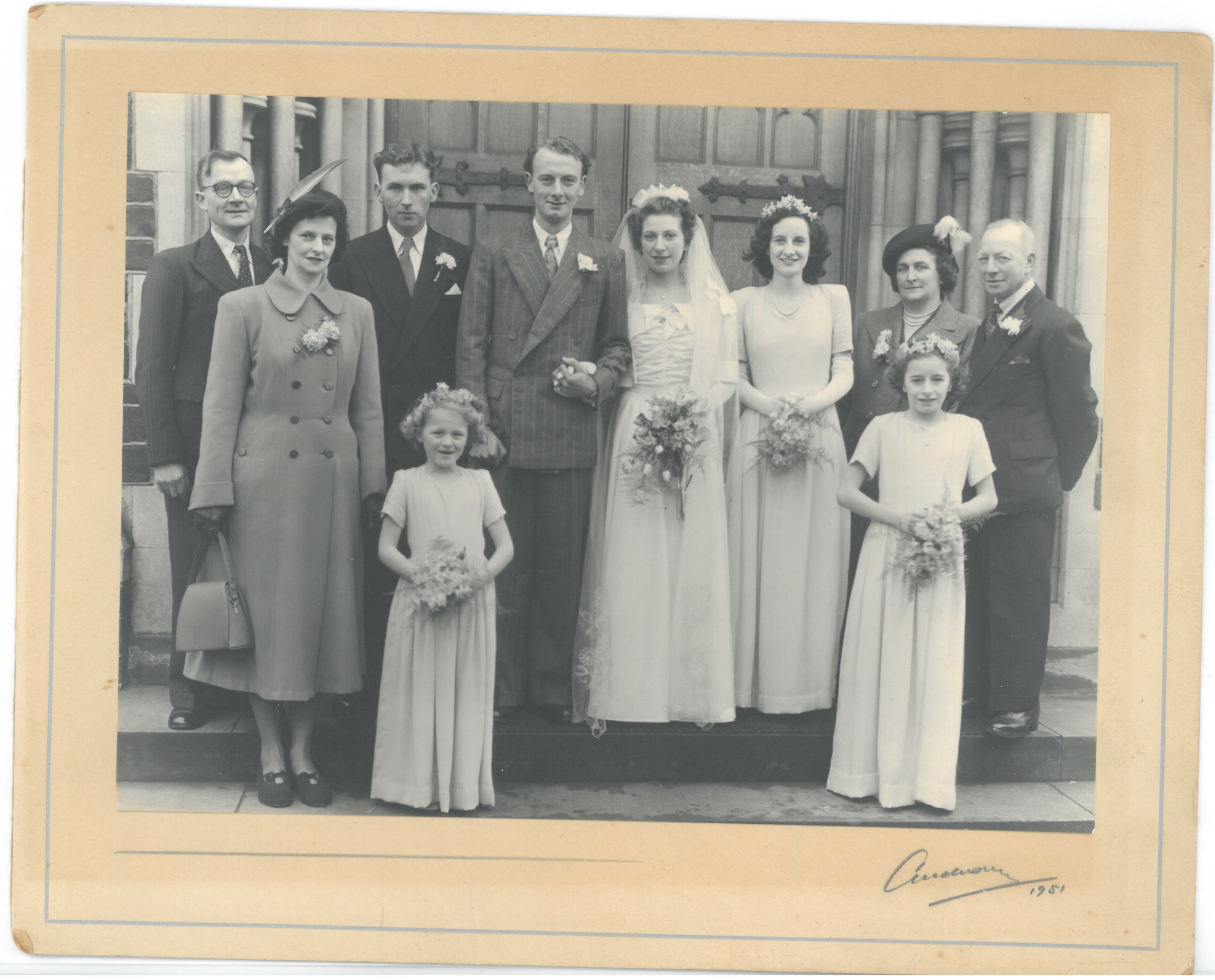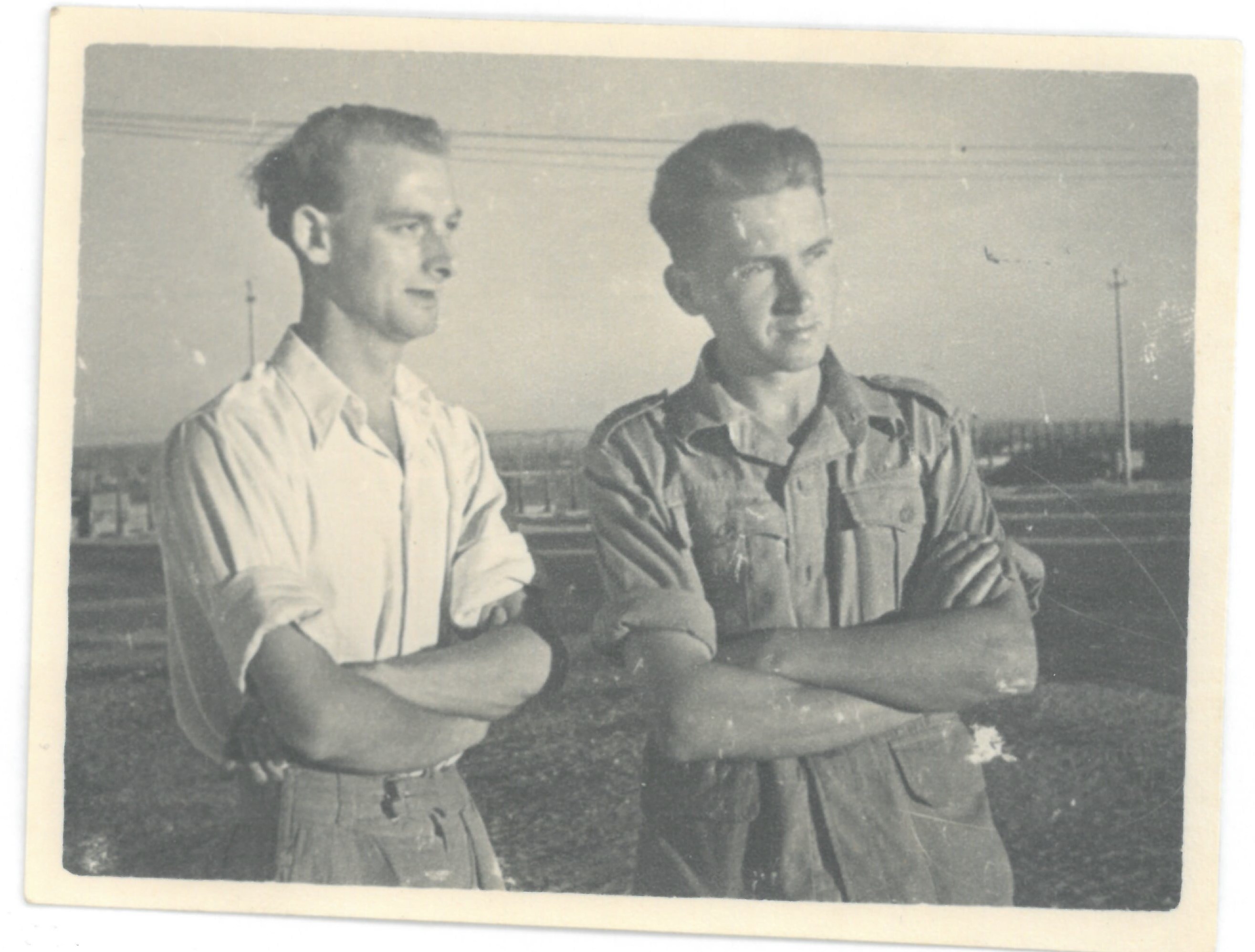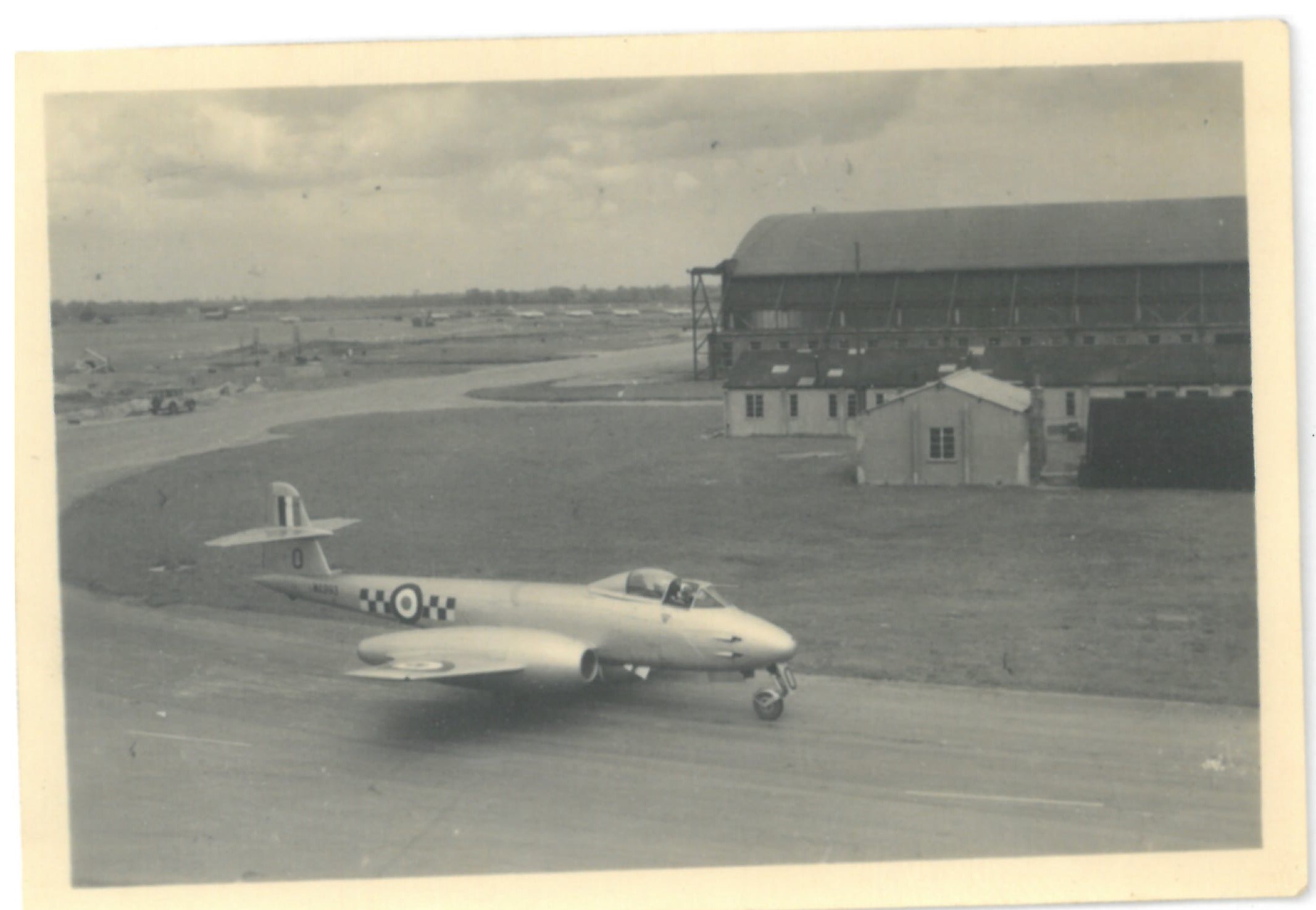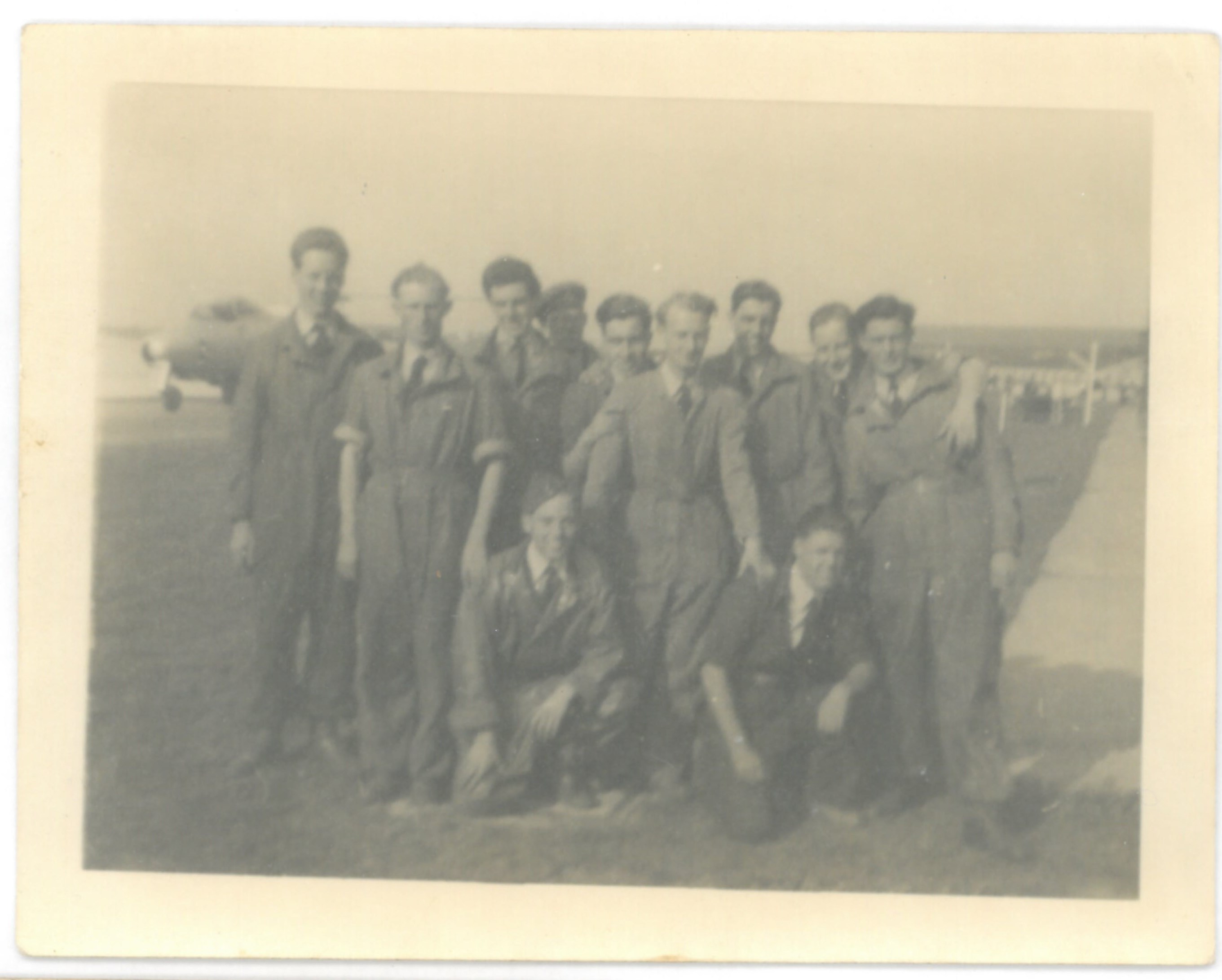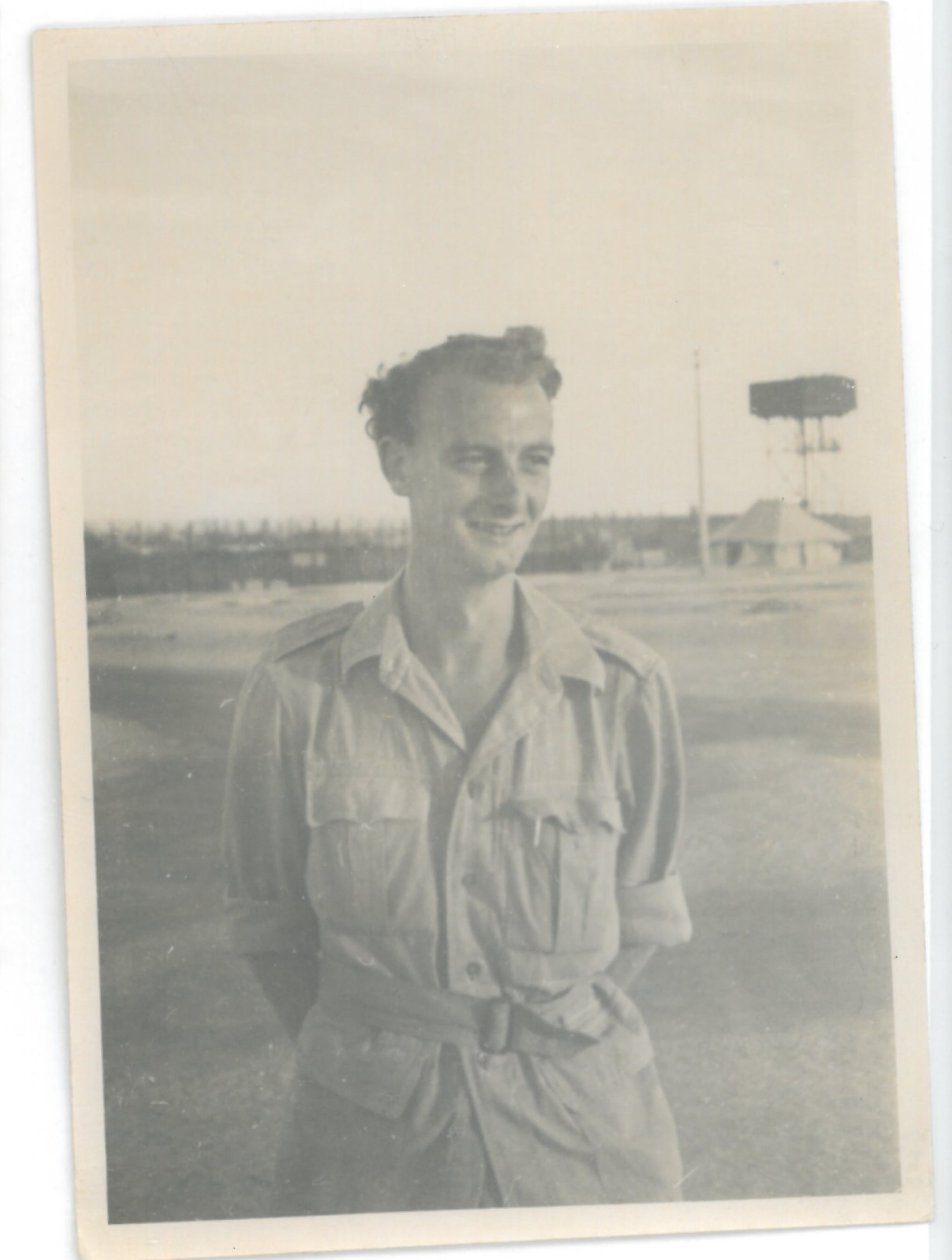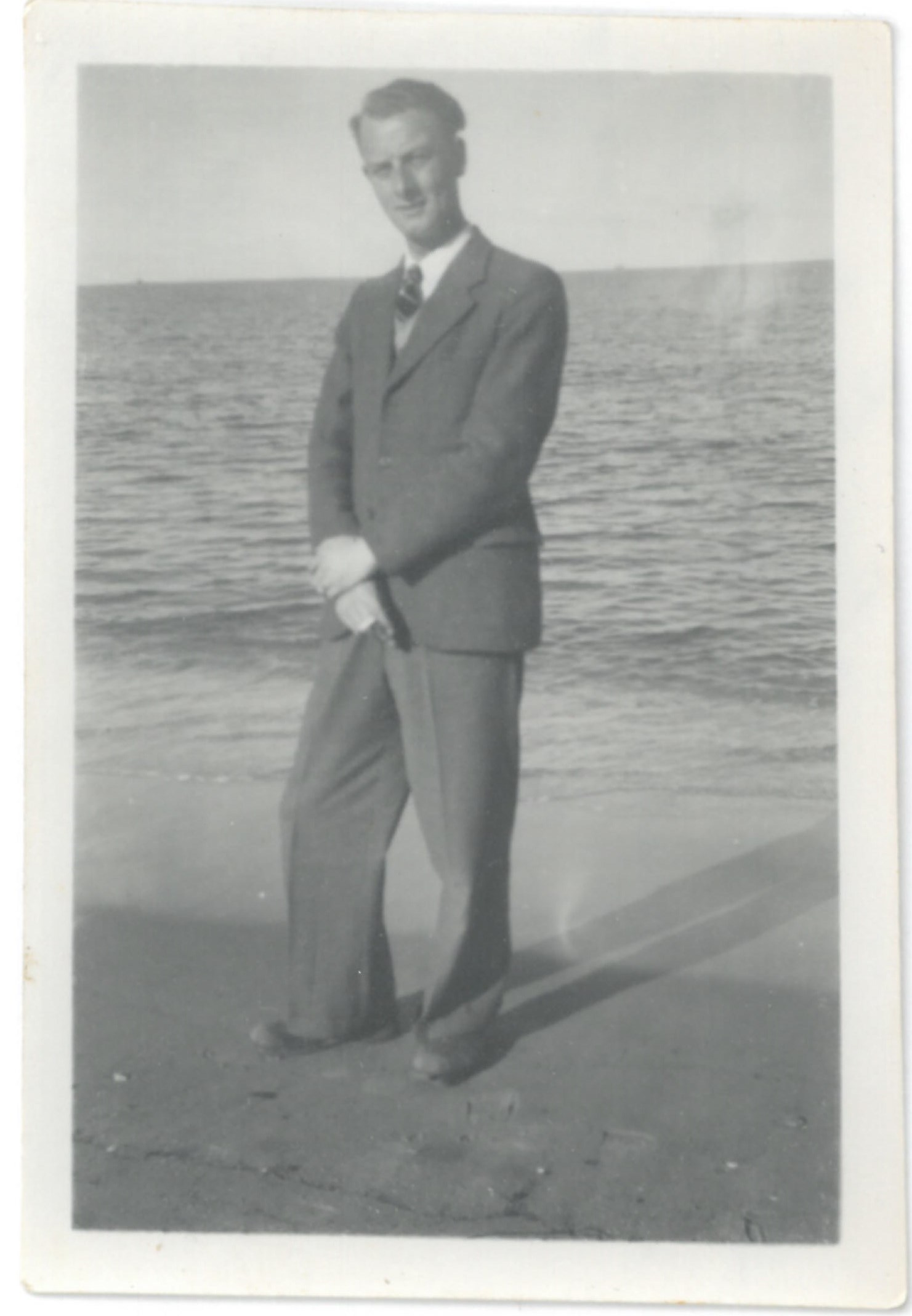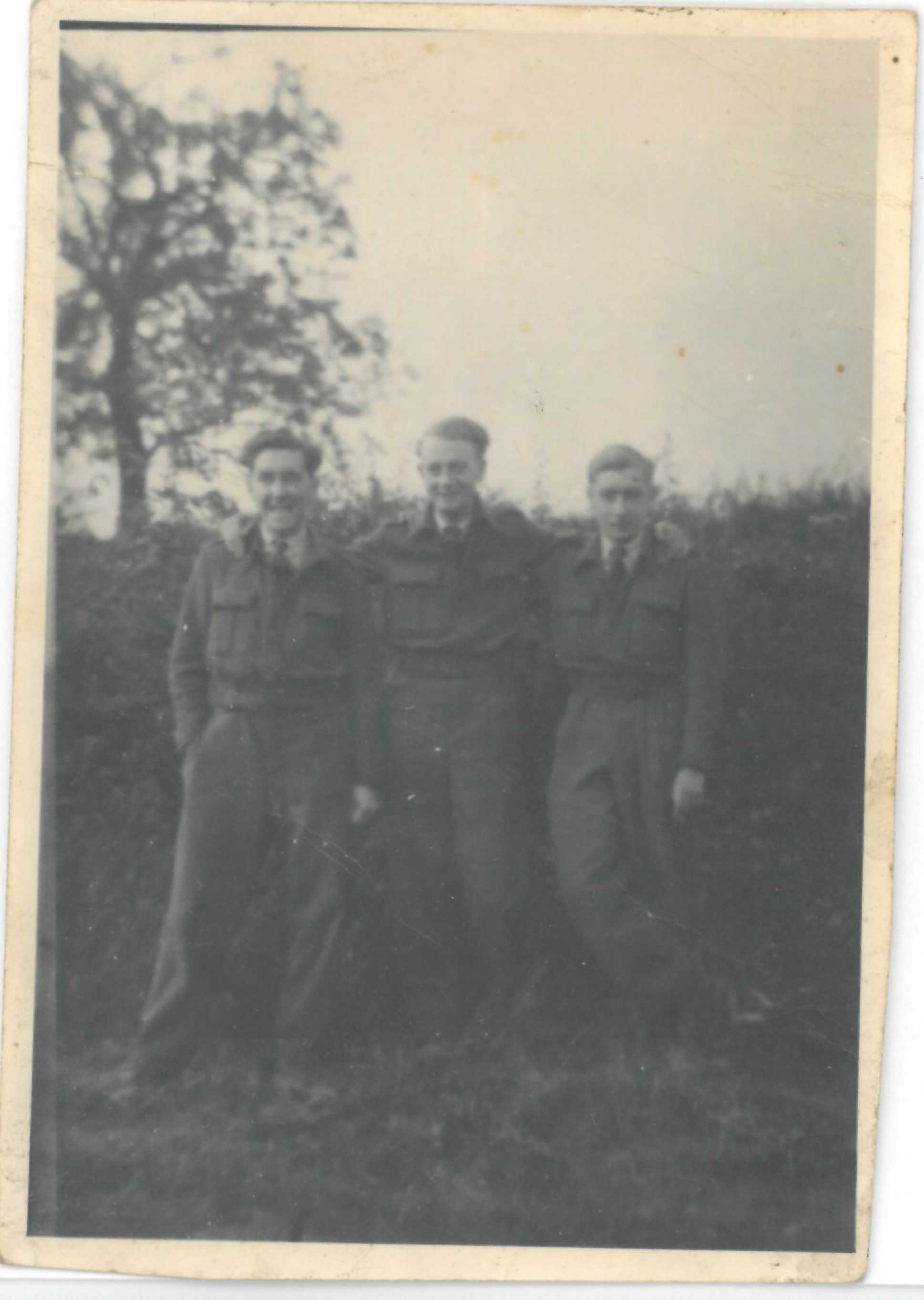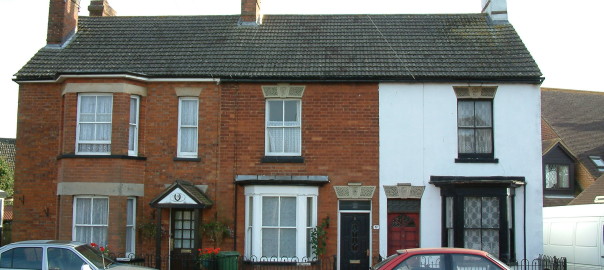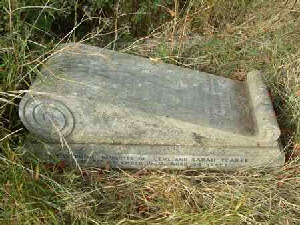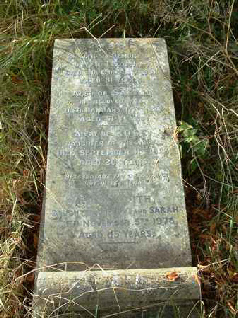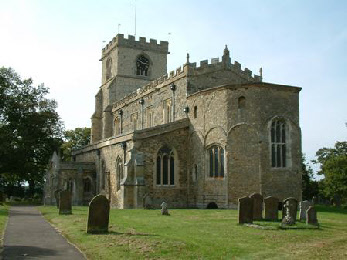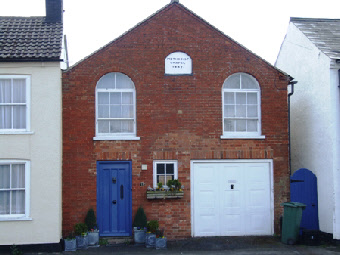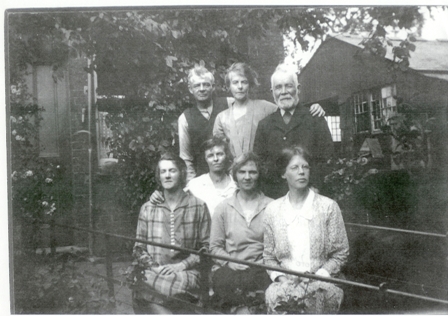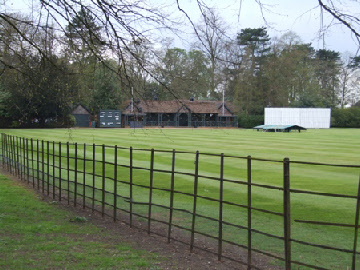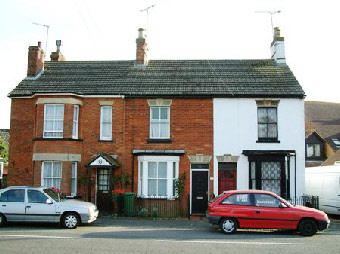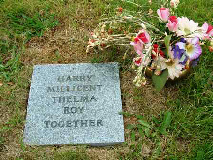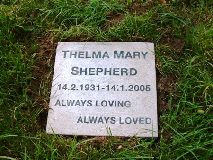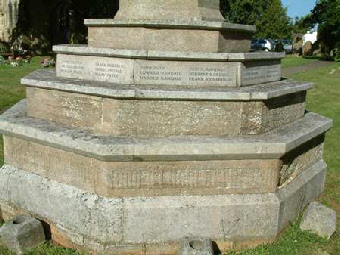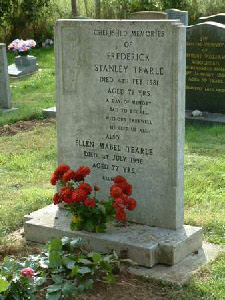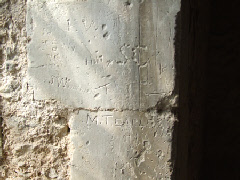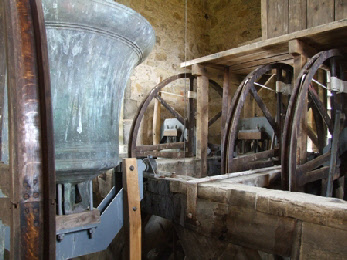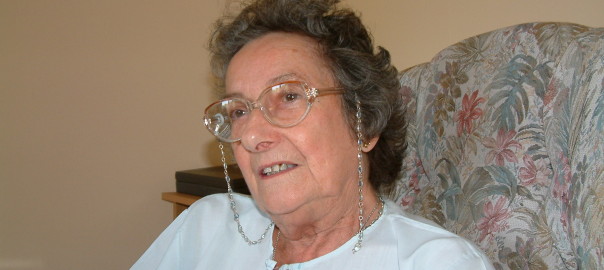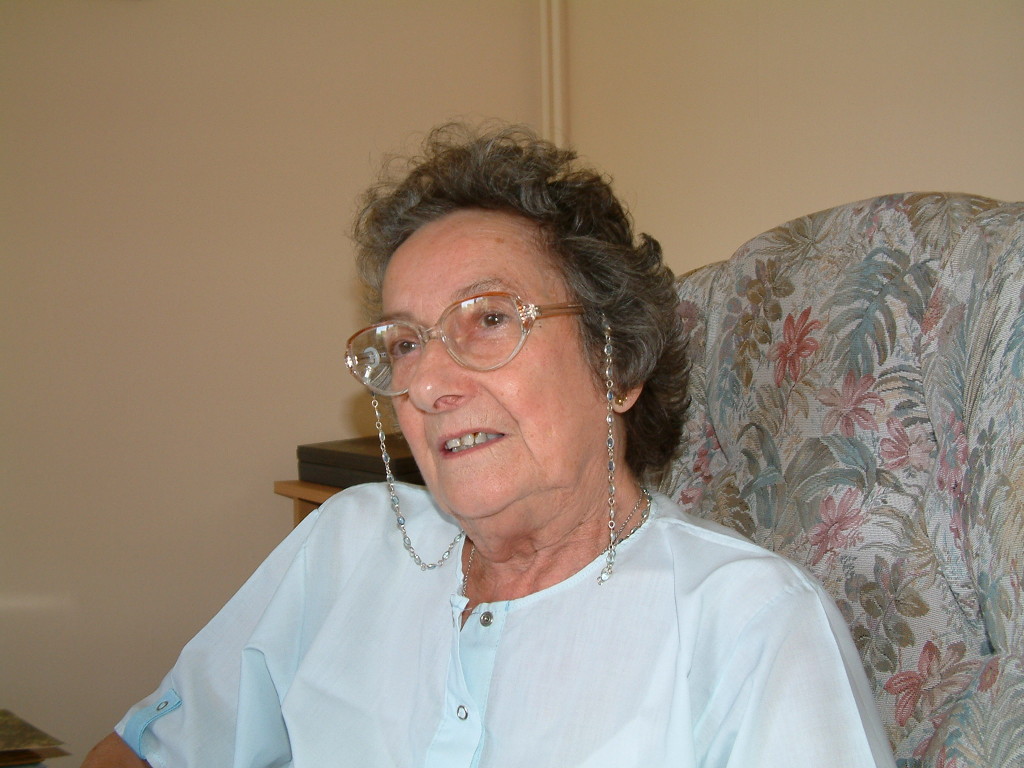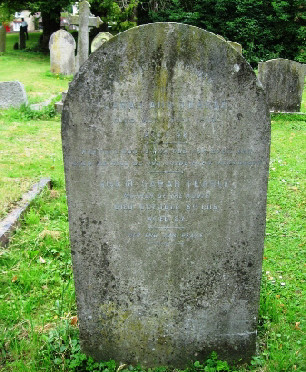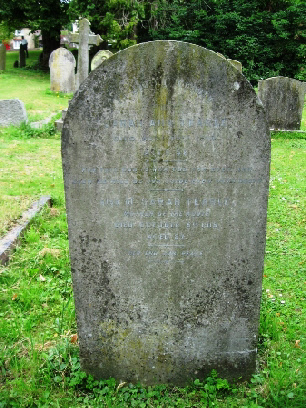On the same morning Elaine and I visited Dennis Tearle and Betty, to say goodbye on our way home to New Zealand, a problem I had been working on for about 15 years, with no sign of a solution, reminded me that Dennis was an engineer, a local of Wing, where Levi Tearle, one of three smiths in the village, lived and died, and he was a senior member of Levi’s family. Alec Tearle, Dennis’ elder brother, had told me that Levi had built a bridge, but he was very unsure of where it was, and he thought it had been demolished to make way for a bigger bridge. I asked Dennis, on a whim, did he know where Levi’s bridge was? It was my last chance to solve the puzzle, and I held my breath.
“Do you know where the Wing Alms Houses are?”
I certainly did. My grandmother, Sadie Adams, was brought up by her grandmother in the Wing Alms Houses after both her parents had been killed, within six weeks of each other. I did not know any of the occupants, but I certainly knew a bit about the little houses – still in use today.
“Yes.”
“And the road goes steeply downhill to Mentmore?”
“Yes.”
“The road flattens, and in about 100m you will see a handrail on both sides of the road, with a small stream running from right to left. That is Levi’s bridge. I thought it had been demolished, but if you go there, ring me and describe what you can see.”
If, I thought. Not if today, but first thing the following morning. No Ifs about this one. Fortunately, the morning was still, warm, and sunny. A perfect day to go exploring on our last day in England.
At Wing, we dropped into the cricket ground at Ascot House to admire the hand-made gate, lock, and the beautiful fencing. All made by Levi Tearle.
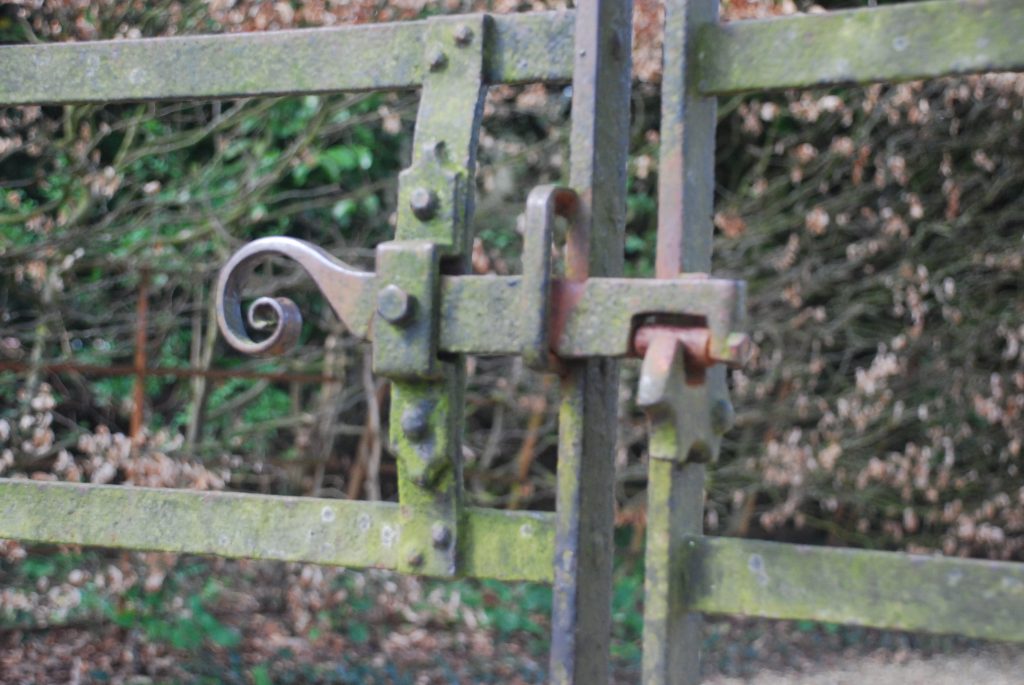
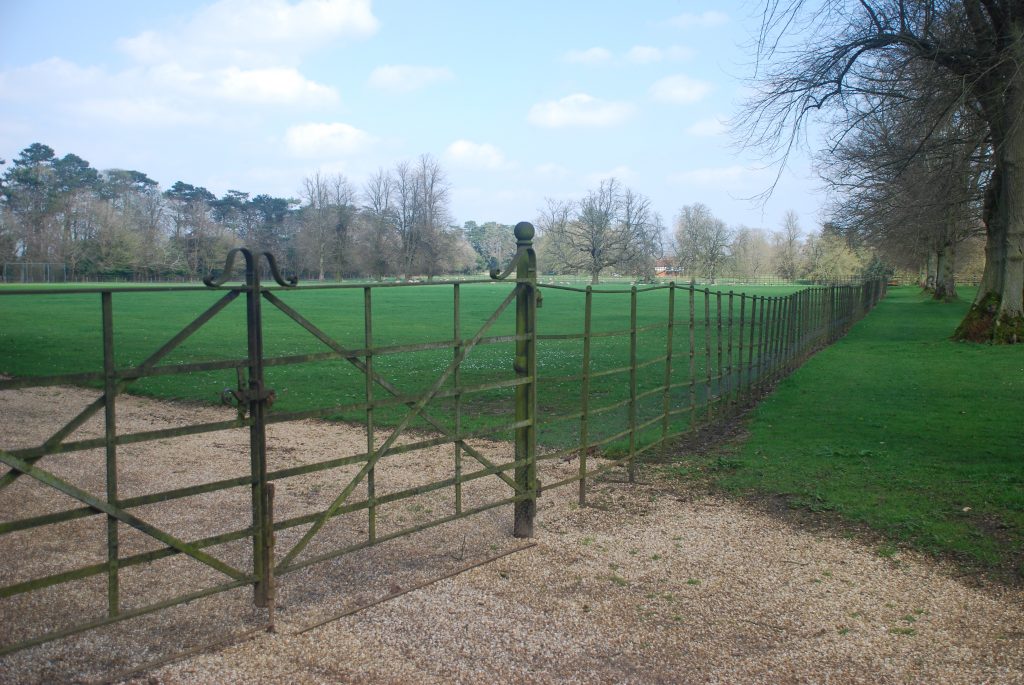
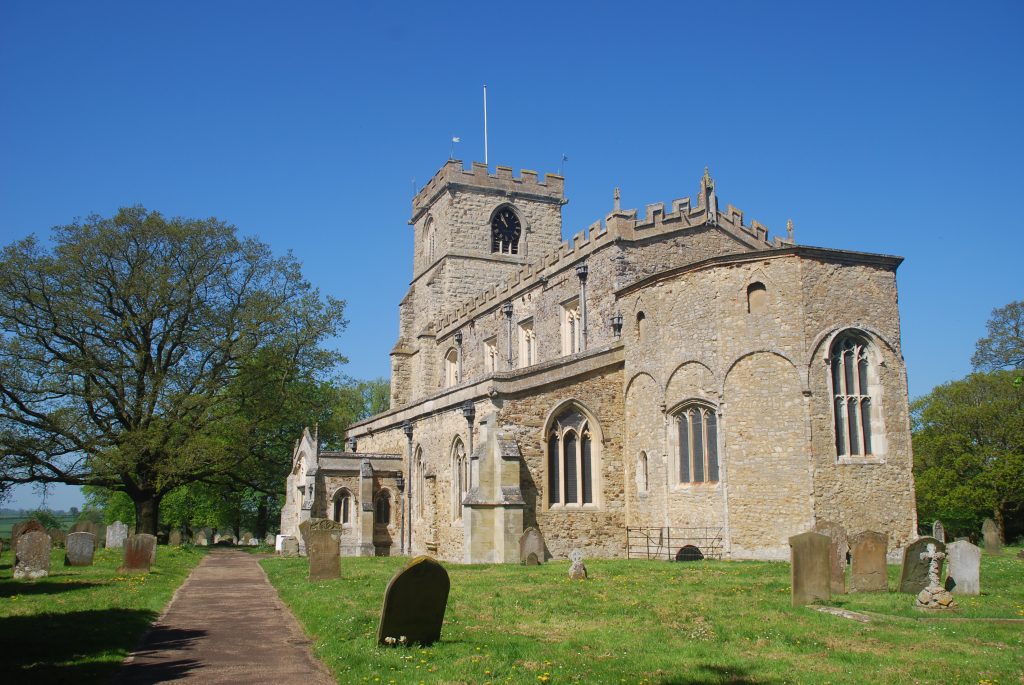
Levi was not a member of the church; he was a Primitive Methodist, and the superintendent of the Sunday school. The very simple building contained no images of saints or any works of art. The congregation was there to read their Bible, listen to their Minister, and learn the works of God.
There was a striking unintended consequence to this; Methodists could read. When they joined the workforce, they were so much more educated than many other children in the village. This was a small village, but it was divided into Church, where you were buried in consecrated ground, and Chapel, where you were buried outside the drawn line that was the church’s grounds. There was, actually, a small advantage to the Chapel graves; because their graves and headstones were not tended, they were covered in weeds. This meant the elements were not able to harm them so much. They lasted a lot longer than Church graves did.
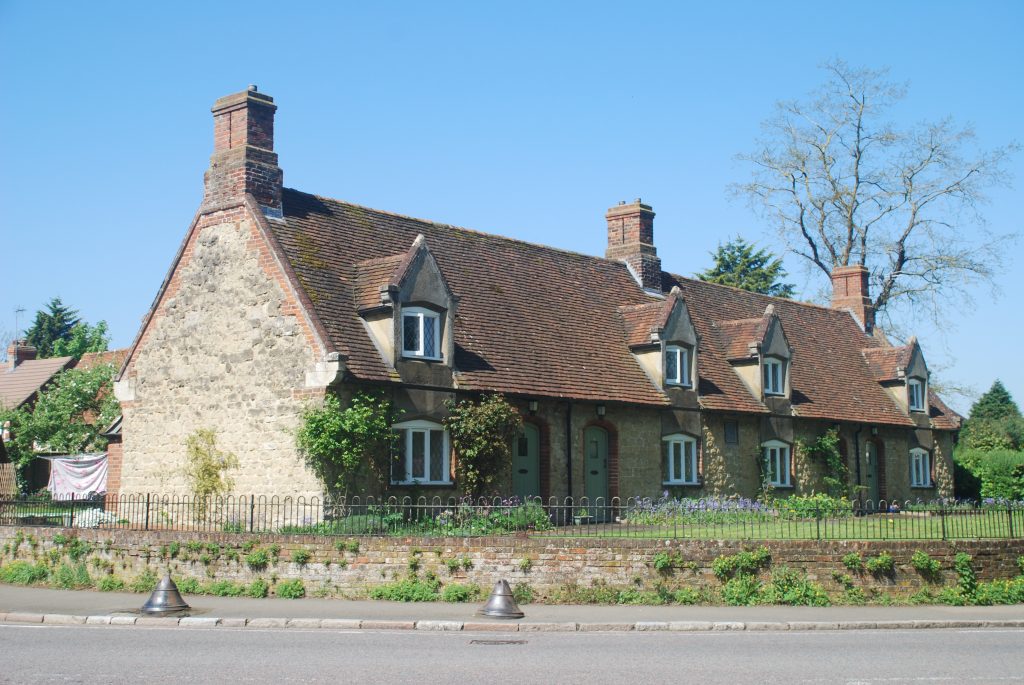
We moved on, and briefly looked at the Wing Alms Houses. I know of only one story; Little Sadie Adams (my grandmother) lived with her grandmother (Kate) after her parents had died. She told my father that Kate would go to the house next door to beg a coal cinder because she would not use a match – they were called Lucifers and she would have no truck with the Devil!
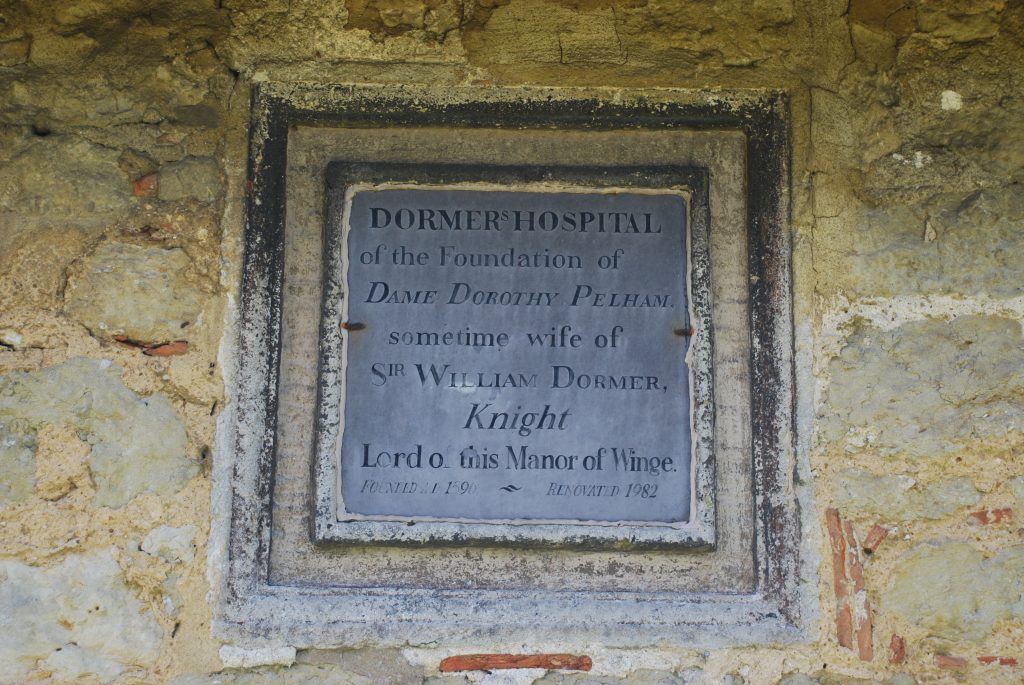
We took the car slowly down the hill to Mentmore from the Alms Houses, being careful that we did not over-run the distances we thought we had. At first, there was no stream, then there was a small one that followed the road, finally we saw steel handrails on both sides of the road, and stopped to see if it was Levi’s bridge.
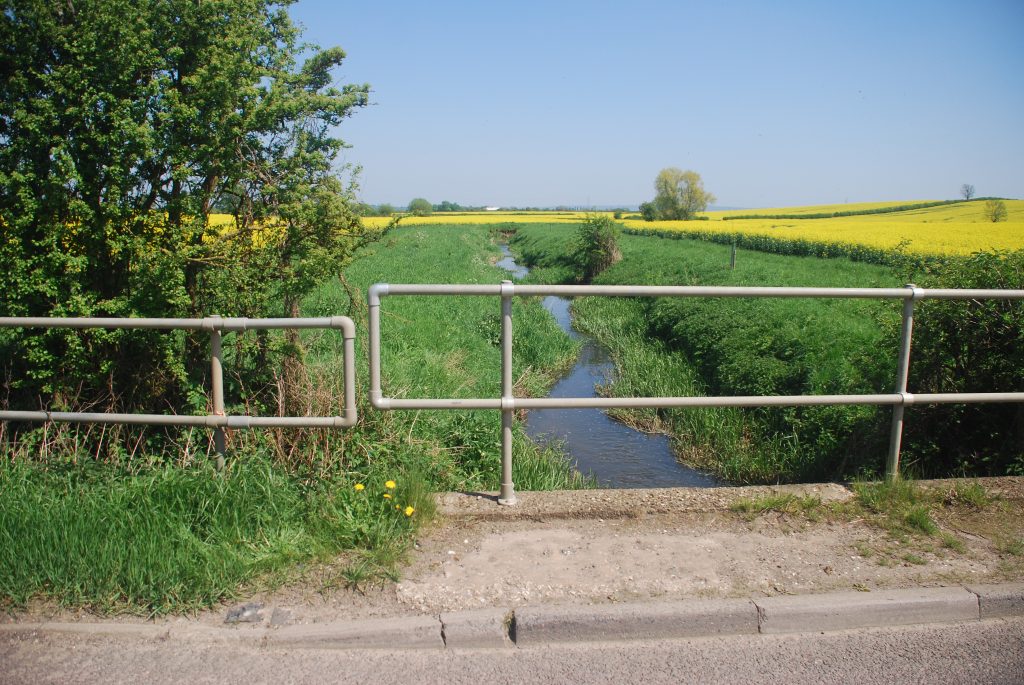
I rang Dennis, hoping he had not left the house. “What am I looking for?”
“What can you see?”
“I have steel pipe both sides of the road, and definitely a stream below. There are lots of black bricks here. A very thick bank of them on both sides of the stream. On top of the bank are two very large steel I-beams, and on top of that a two-foot thick bed of concrete, and on top of that, road tar.”
“The black bricks are construction bricks. They are specially made for construction and they are strengthened by coal, hence their being black. All they have done since Levi built the bridge is to replace the top of it.”
“You are standing on Levi’s Bridge. Well done.”
“Thank you!” I said. Finally, we had solved the problem of where and what had happened to Levi’s bridge. It was still there, and it was still a functional bridge. It’s time to add the photos we took, and to simply admire Levi’s skills.
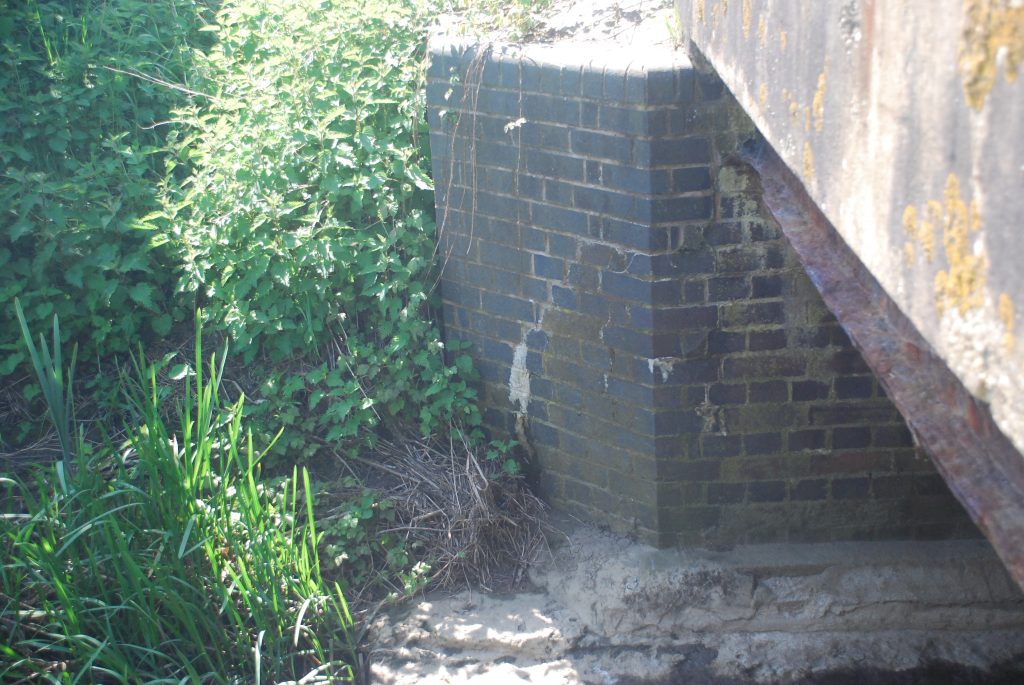
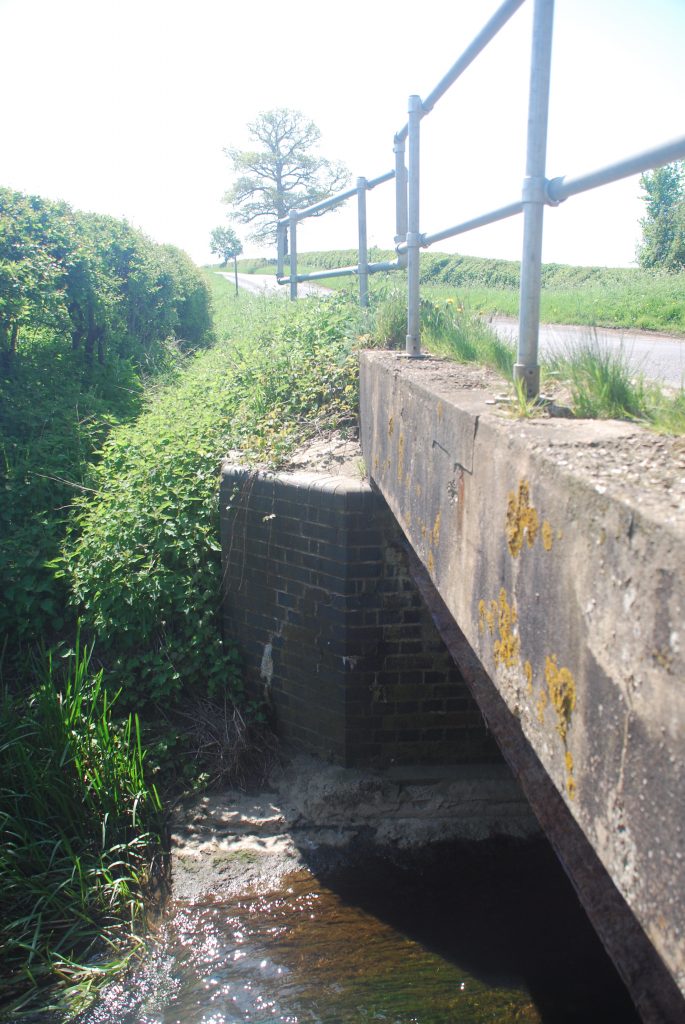
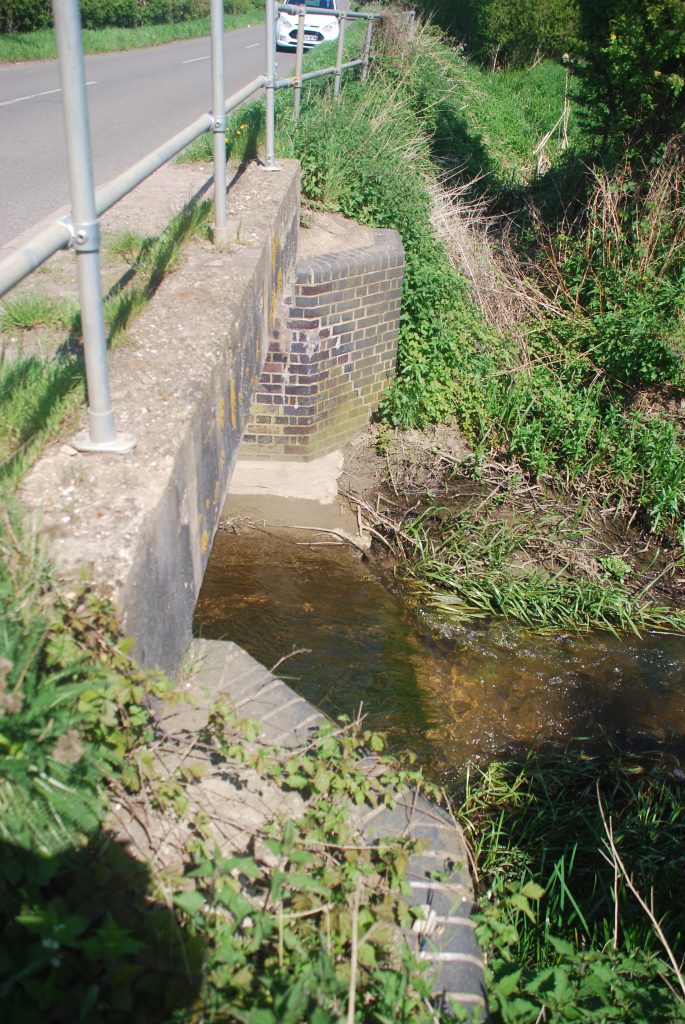
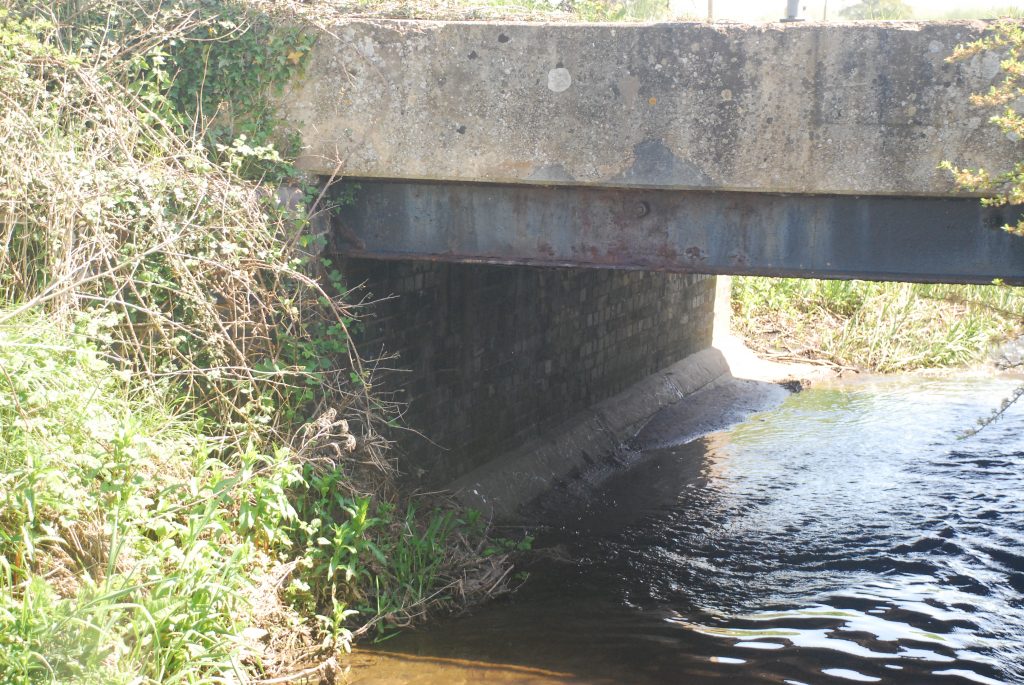
It was a pleasure working with Dennis Tearle, and we thank him for the assistance he has freely offered. We can also see the knowledge and the experience he has gathered in a lifetime of engineering.
